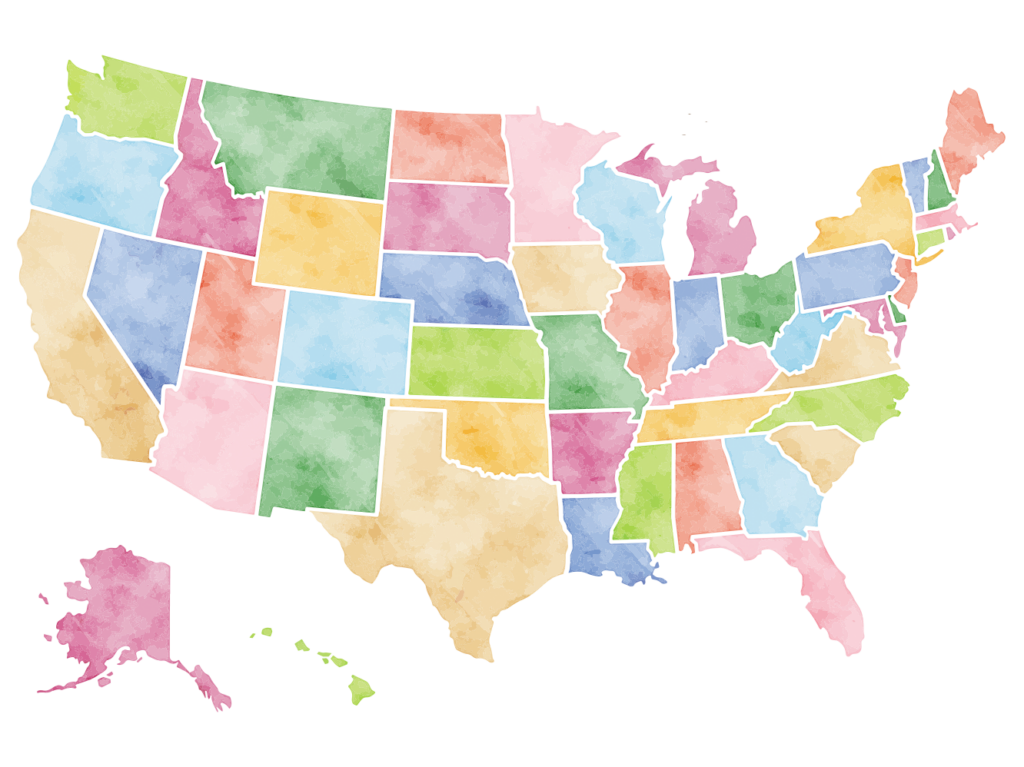Pins and Posts: January 2024
How State Policies on Teaching Attractiveness and Teacher Equity Stack Up

An interactive map from the Learning Policy Institute looks at how state policies compare on teaching attractiveness and teacher equity—two key factors that reflect and influence the supply and demand for teachers. Each state was assigned ratings from 1 (least attractive) to 5 (most attractive) in those two areas, based on a broad set of indicators:
• Teaching attractiveness: This rating is based on measures of teacher compensation, working conditions, school resources, qualifications, and teacher turnover to indicate how supportive each state appears to be of teacher recruitment and retention.
• Teacher equity: This rating shows the extent to which students have equitable access to a well-qualified teaching workforce within a given state based on school composition of student race/ethnicity and family income.
The map is available at bit.ly/3Sa29uV.

PHOTO COURTESY OF PETER GLAHN
Being a Principal Is a Satisfying Job
Peter Glahn, the principal of American Fork High School in American Fork, UT, has an assignment for fellow school leaders: The next time someone asks how you feel about your job, “I challenge you to ask them what they think you will say. Then, make sure that you reach down to the part of you that loves making a difference in people’s lives and tell them how you really feel,” he says. “Being a principal is hard, and I haven’t met a principal who hasn’t gone through difficult times. But I also haven’t met a principal who doesn’t light up when I ask about their students, or some of their stellar teachers, or some of the good things happening at their school.” Acting like the job is too much and you’re worn out is counterproductive, he says. “Negativity, self-pity, and a dramatic display of exhaustion and busyness does not inspire anybody.” Read more at bit.ly/3s5EbGe.

Resource Offers State-by-State Mental Health Information
The National Student Advisory Council of Work2BeWell has created a free state-by-state mental health resource, which offers teenagers a hub for information on improving and maintaining their mental health. Specific resources, which include hotlines and contact information for local mental health organizations, are available for all 50 states. Advisory council members Kianna Victor, a former co-facilitator of NASSP’s Student Leadership Network on Mental Health and Well-Being, and Shreeya Gogia, a current co-facilitator, helped develop the resource, which is available at work2bewell.org/resources.
How Are Principals in Chicago Doing?

Research from the UChicago Consortium on School Research examines efforts to improve the effectiveness of principals in Chicago Public Schools, especially on students’ cognitive and noncognitive skill development. Among the key findings: “Principals had immediate influence on student learning and school culture, and they also had lasting impacts on students’ outcomes into young adulthood,” and “CPS’s principal residency program appeared to increase principal effectiveness at improving achievement in the first two years of the principalship.” The research highlighted in “Training and Retaining Effective School Leaders: Results from Efforts to Improve Principal Effectiveness” shows “that investments in principal training and support are likely well spent.” The report is available at bit.ly/3QlENzZ.
